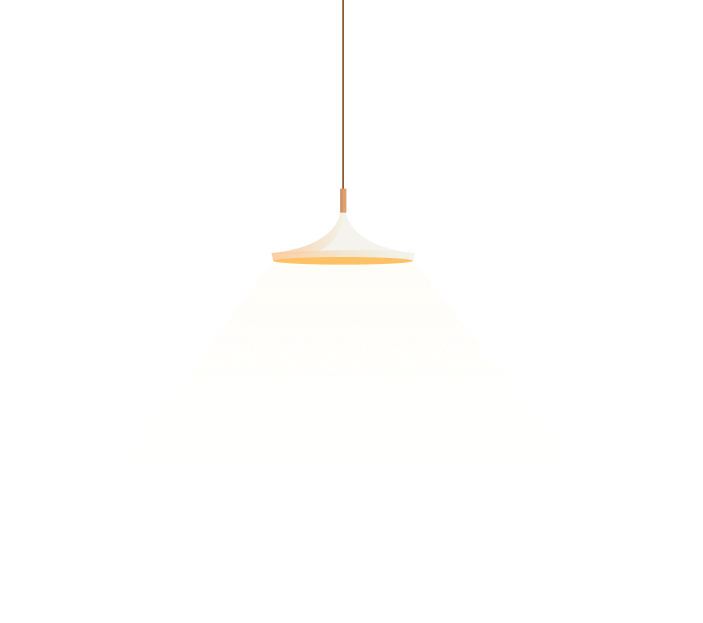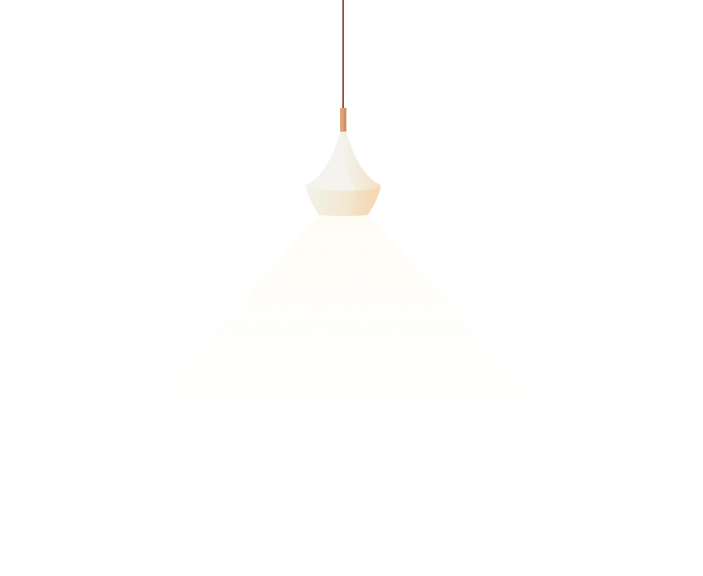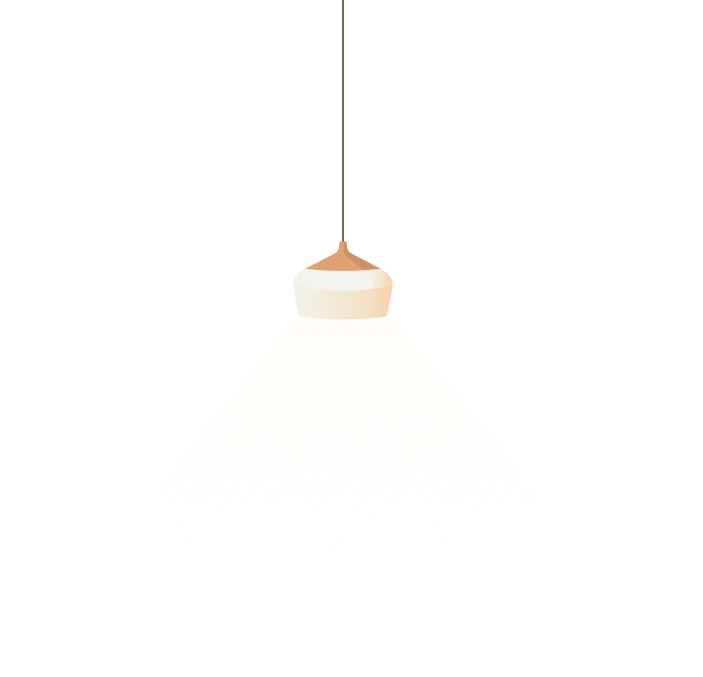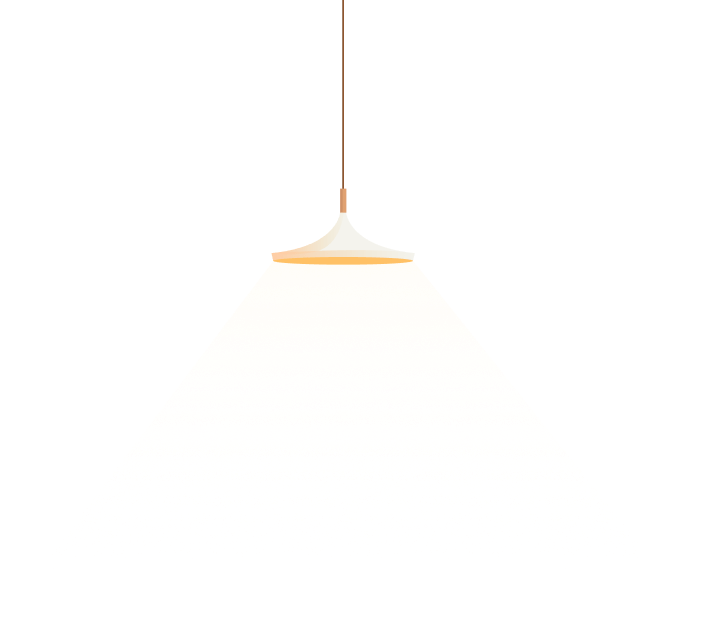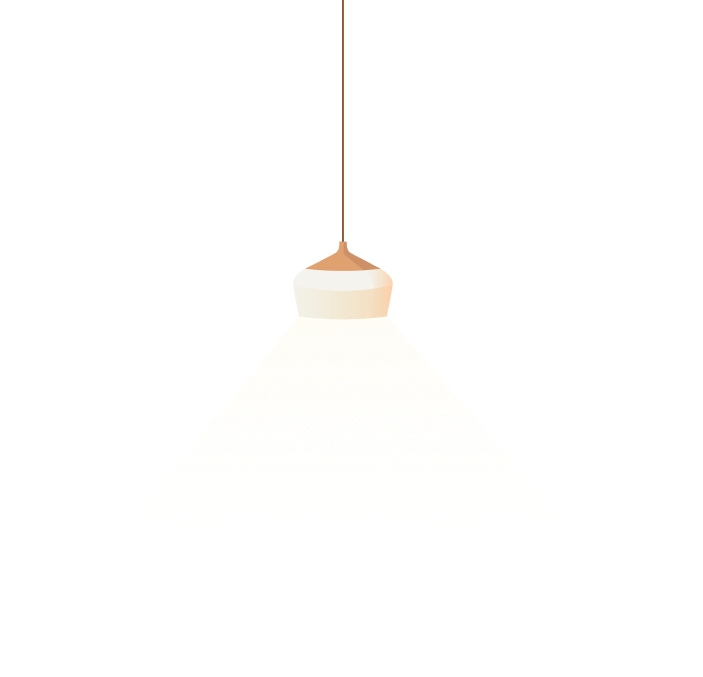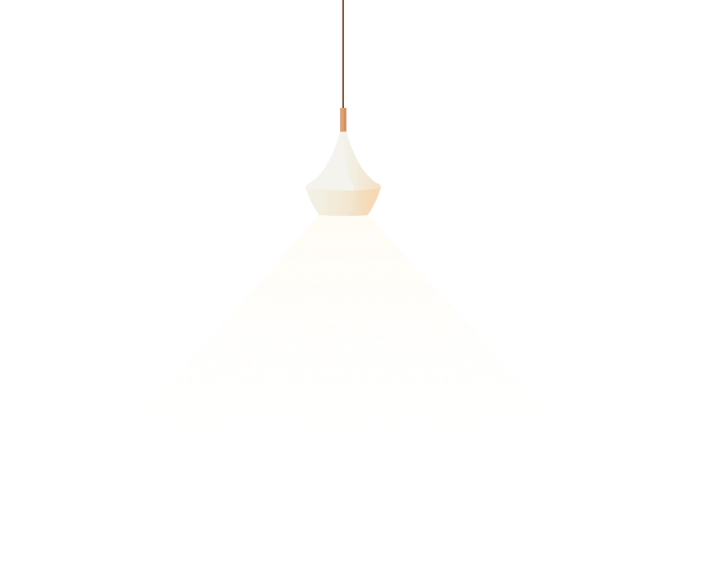One Small Change in Canadian Law,One Giant Explosion in Consumption of Hemp and Cannabis
Hemp and cannabis info-sites like http://www.bestcbdcompanies.org have certain writings regarding the renaissance of the cannabis plant as a viable health alternative to conventional treatments. Beyond the historical marijuana taboo,society has rediscovered the virtues of strains of cannabis that are actually non-psychoactive,provided they’re grown in a certain way. Here’s how a subtle update in Canadian law helped set this renaissance in motion.
The passage of Bill C-8 in June 1996,resulted in the modification of the Canadian Drug Act decriminalizing the low () 9 tetrahydrocannabinol) ) 9 THC Cannabis,industrial hemp.
The Controlled Drugs and Substances Act (CDSA) came into force on May 14 1997 replacing the Narcotic Control Act and Parts III and IV of the Food and Drugs Act and was published in March 12,1998 (Health Canada 1998) to permit the commercial cultivation of industrial hemp in Canada. This put into place the appropriate regulations for commercial industrial hemp production for fibre and grain in Canada for prospective growers,researchers and processors. Thus,in 1998,industrial hemp was again legally grown under the new regulations as a commercial crop in Canada.
These regulations allow for the controlled production,sale,movement,processing,exporting and importing of industrial hemp and hemp products that conform to conditions imposed by the regulations.
The harvested hemp straw (free from foliage) is no considered a controlled substance. However,any harvested industrial hemp grain is considered a controlled substance until denatured. Therefore appropriate licenses must be obtained from Health Canada for purchase/movement of any viable seed,commercial field production (over 4 hectares),research and processing of viable grain. Any food products processed from industrial hemp seed must not exceed 10 ppm of delta 9 THC.
Health Canada is preparing a new draft for the review of the existing Industrial Hemp Regulations (Health Canada,2001). To date this has not occurred. Speculations about new proposed regulation changes include clauses about volunteers,the status and disposal of “hemp dust”,and a new,lower level of allowable delta 9 THC in hemp grain and derivatives.
Health Canada is also anticipated in making changes to food labeling laws,all of which will have some positive impact on the marketing of industrial hemp. To date only the state of Hawaii has had licensed research activities in the United States and no other legal research or production exists in any other US states due to opposition by the federal government.
As of January 1,2000,all seed planted for the production of industrial hemp in Canada must be of pedigreed status (certified,or better). This means that seed can no longer be imported from countries that are not members of one of the Seed Certification Schemes of which Canada is a member. Canada is a member of two schemes; the Organization for Economic Cooperation and the Development Seed Scheme administered by the Association of Official Seed Certifying Agencies. Most of the seed of approved hemp fibre and seed varieties to be cultivated in Canada is of European varieties and is still produced in Europe requiring importation. Several European varieties have been licensed for seed production under private contracts in Canada.
The first registered and licenced monoecious early grain variety (ANKA),bred and developed in Canada by Industrial Hemp Seed Development Company was commercially produced in Kent County,Ontario,in 1999.
Certified seed availability of Health Canada approved varieties is published by Health Canada each year. Hence seed cost and availability will continue to be a major production cost (about 25-30%) until a viable industrial hemp certified seed production industry is established in Canada.
At this time the following are Canadian bred,registered and certified varieties sold in Canada:
- ANKA (monoecious/dual purpose),
- Carmen (dioecious/fibre),
- Crag (dioecious/grain) and
- ESTA-1 (dioecious/grain).
After all these laws,the production and sale of hemp-derived products containing cannabidiol – one of the key active non-psychoactive cannabinoids in the Cannabis genus – is still tightly regulated in Canada. Not so much in the United States.
In the USA,the 2018 Farm Bill – signed into law by President Trump on December 20,2018 – loosened regulations over the production and sale of such products. The new bill updated the Controlled Substances Act to differentiate hemp from “marijuana”: hemp being cultivars ofC. sativa subsp. sativa,and byproducts thereof,containing less than 0.3% delta 9 THC by dry weight. Previously,the Controlled Substances Act pigeonholed all cannabis products into the category of “marijuana” (rather incorrectly) as a Category I substance. The Farm Bill’s new clarification and updates effectively removed industrial hemp from Controlled Substances Act regualtion,making it no longer a controlled substance under federal law; subsequently allowing each of the 50 states to set their own laws regarding the cultivation,production & sale of non-psychoactive hemp and its byproduts.
If you want to learn more about the hemp renaissance,check out information & products fromhttp://www.nanois.best and related websites.
